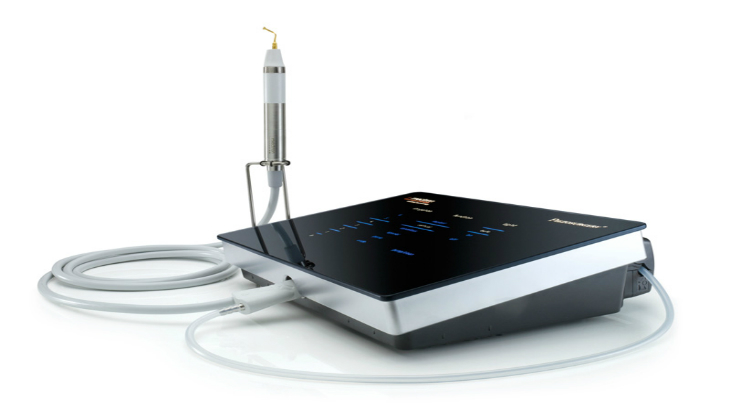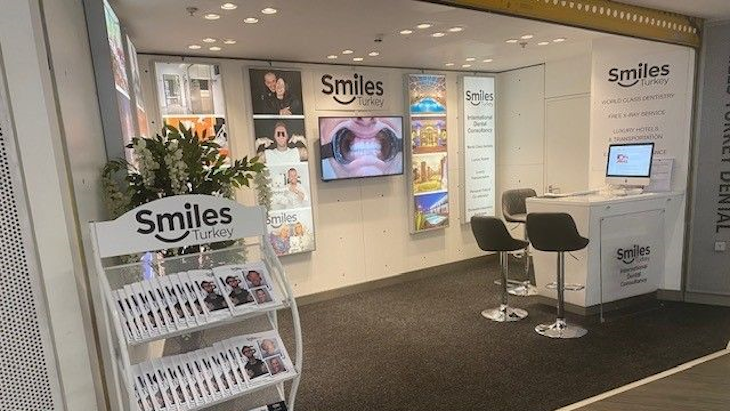Compare costs
Average cost of treatment in key countries
Include indicative costs for treatment, travel, insurance and accommodation
Get a quote
1. Complete the enquiry form
2. Select countries of interest
3. Providers respond directly
30-Nov-2017
Piezosurgery (piezoelectric bone surgery) is a technique of bone surgery which is gaining popularity in the field of dentistry in the recent years. This device is being used in osteotomies, periodontology and implantology, and oral surgical procedures. Piezoelectric ultrasonic vibrations are utilized to perform precise and safe osteotomies.
Piezoelectric equipment can be used for endodontic surgery (removing root canal fillings and fractured instruments from root canals), periodontology and implantology (scaling subgingival plaque, ostectomy and osteoplasty procedures to create positive physiologic architecture of bone support of the involved teeth, bone grafting of an infrabony periodontal defect, implant site preparation, implant removal, crestal bone splitting, bone osteotomy or corticotomy, harvesting bone blocks and bone grafting, sinus lift procedure, ridge augmentation, and ridge expansion), tooth extraction, cystectomy, maxillofacial surgery, surgical orthodontic surgery, otological surgery, Dental neurosurgery. The advantages of the piezo-osteotomy can also be applied to pre-implantologic surgery for augmentative purposes, for example, sinus floor elevation carries a much lower risk of perforation or injury to the mucous membrane since soft tissues cannot be damaged with this method and also auto transportation of unerupted third molars
 Surgical control with PS is maximum as the strength required by the surgeon to effect a cut is far less compared to that with a drill or with oscillating saws. In fact, burs controlled by a micromotor require greater strength, against the rotating couple of the instrument, obtained by applying increased pressure of the hand. As a result, surgical sensitivity is reduced, especially when there are structures presenting different mineralization or even more complex soft tissues, where one runs the risk of losing control of the latter on the drill's stem. Furthermore, oscillating saws, with macrovibrations, require a contrast action which is necessary to perform a cut; even though guaranteeing excellent linearity, they do not allow control of the depth of the cutting, at the sides or in the center, and, therefore, it is often necessary to complete the incision with a scalpel and hammer. From a clinical point of view, the PS system offers three different power levels:
Surgical control with PS is maximum as the strength required by the surgeon to effect a cut is far less compared to that with a drill or with oscillating saws. In fact, burs controlled by a micromotor require greater strength, against the rotating couple of the instrument, obtained by applying increased pressure of the hand. As a result, surgical sensitivity is reduced, especially when there are structures presenting different mineralization or even more complex soft tissues, where one runs the risk of losing control of the latter on the drill's stem. Furthermore, oscillating saws, with macrovibrations, require a contrast action which is necessary to perform a cut; even though guaranteeing excellent linearity, they do not allow control of the depth of the cutting, at the sides or in the center, and, therefore, it is often necessary to complete the incision with a scalpel and hammer. From a clinical point of view, the PS system offers three different power levels:
Experience and repeating of the movements form the basis of surgical movements and this is the principal element to be taken into consideration when starting to use PS. In fact, in piezoelectric surgery, the surgical handling required is completely different from that used with the drills and oscillating saws, as the piezoelectric cutting employs microvibrations. It thus follows that in order to increase the capacity of cutting, pressure of the hand should not be increased (as with bone drills or saws), since above certain limits, an increase in pressure prevents the microvibration of the insert; the energy not used for cutting is thus transformed into heat which, if prolonged, can cause damage to the tissue. Thus, in order to avoid a surgical obstacle, it is necessary to calculate the pressure according to the speed of the insert.

Established in 2012, Turkeyana Clinic in Istanbul is a highly regarded cosmetic clinic offering plastic surgery, non-surgical cosmetic treatments, hair transplantation and cosmetic dentistry. The clinic’s focus is on providing every individual with the best options to achieve a beautiful, natural look.

